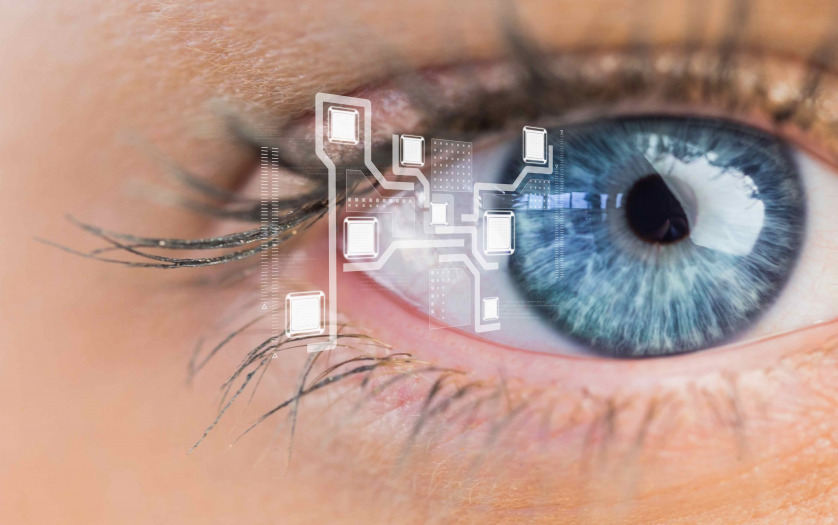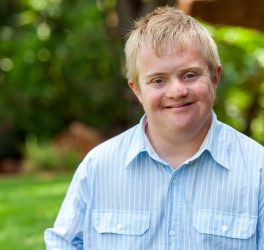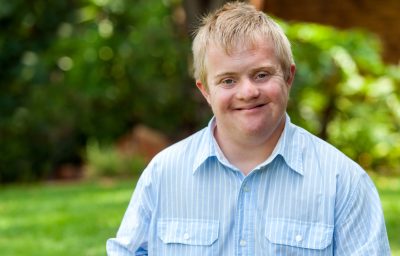
In a project under Horizon 2020, researchers from seven European organizations will examine how people who are blind or have low vision can be restored using electrical stimulation of the brain.
The project is being coordinated by the University of Zurich and supported by the European Union with funding of 4 million euros.
If a project receives funding from the European Union, it must involve excellent science in innovative and promising interdisciplinary research fields that provide new and relevant ideas for industry and society.
The international Neural Active Visual Prosthetics for Restoring Function project meets all these criteria and has been awarded an EU research grant totaling 4 million euros over four years.
The project will kick off on 1 September 2020 and is being coordinated by Prof. Shih-Chii Liu at the Institute of Neuroinformatics of the University of Zurich.
Working in interdisciplinary teams from seven European universities and institutions with complementary expertise in computational, systems and clinical neuroscience, materials engineering, microsystems design, and deep learning, the project will develop technology to restore the vision of blind people through electrical stimulation of the brain.
The aim of the project is to develop a neuroprosthesis with thousands of electrodes driven by adaptive machine learning algorithms for a new brain-computer interfacing technology.
“We want to create a novel neuroprosthesis system that is lightweight, robust and portable, and which will remain effective for decades,” explains Shih-Chii Liu. Current systems only stimulate a small set of neurons in the brain, and interfaces have longevity of only a few months.
Liu is convinced that the project will succeed in its goals: “All the partners have long-time experience in their respective fields, so the required background knowledge is already in place. The breakthroughs will come with the planned larger-scale efforts and partner interactions in this project.” The challenge will be coordinating the expected breakthroughs across multiple disciplines.
These breakthroughs include innovative approaches for stimulation with high-electrode-count interfacing with the visual cortex. For this, thin flexible probes are needed that cause minimal tissue damage as well as new electrode coatings and novel microchip methods.
The researchers will also channel the stimulation currents to many thousands of electrodes and monitor neuronal activity in higher cortical areas.








